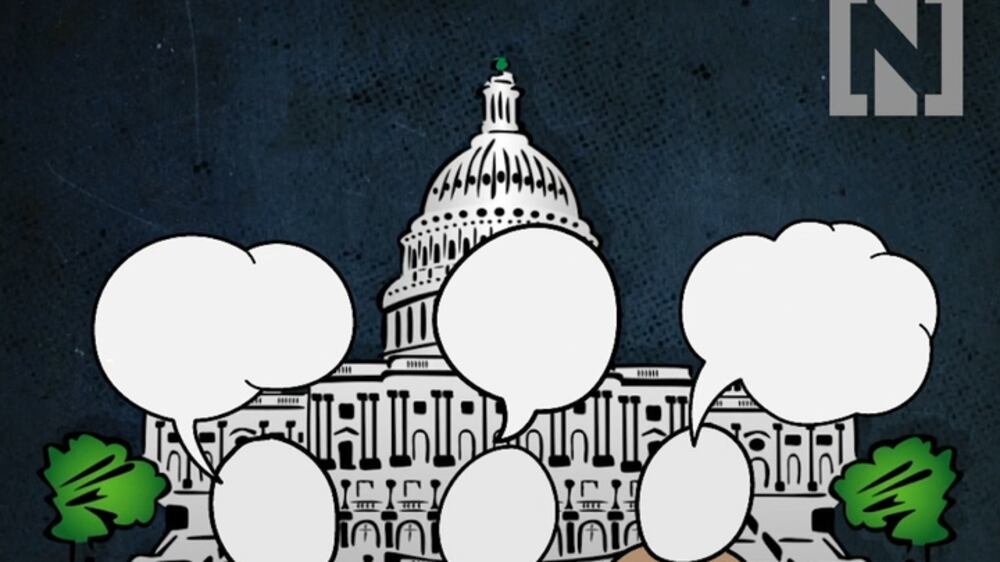In the US Senate, legislation usually requires the support of 60 out of 100 senators to pass.
That is because under Senate rules, 60 votes are needed to stop a debate and force a vote.
Any bill with the support of fewer than 60 senators is subject to the Senate’s famous filibuster proceedings, where a senator opposed to a bill can stall it until there is no more time left for it to pass.
With such a slim margin, Democrats are looking for ways to advance their priorities and President Joe Biden’s agenda – and to get around the filibuster.
This is how the Senate filibuster works.

What is a filibuster?
The Senate has a longstanding practice of allowing any senator to object to proceedings and filibuster a bill to halt action or votes.
Senators have famously stood at their desks for hours making their case, as Strom Thurmond, a South Carolina senator, did to stall the 1957 Civil Rights Act.
Today, senators can merely signal their intent to object, even privately, and that is enough for Senate leaders to take action.
Leaders sometimes simply drop the issue from floor consideration. At other times, they push ahead, taking cumbersome steps to cut off the filibuster and move forward with proceedings.
What is the problem?
As the US, and Congress, has grown more partisan, the filibuster has become a key weapon in what is often described as a procedural arms race in the Senate.
Year after year, more and more senators threaten to wage filibusters to block legislation. Overcoming filibusters can take days, if not weeks.
Even without a senator holding the floor, filibusters have forced senators into all-night and weekend votes to advance legislation, as happened during the passage of Barack Obama’s Affordable Care Act.
Can the Senate change the filibuster?
It takes 51 votes to change the Senate rules – a tall order at most times and especially now in the evenly split Senate.
But senators have changed the filibuster rules before.
Frustrated with Republicans stonewalling president Obama's executive and judicial branch nominees, Democrats, led by senator Harry Reid of Nevada, changed the rules to set a simple 51-vote threshold for confirming people in those positions.
While several Democrats and advocacy groups call for ridding the Senate of the filibuster on legislation, there does not appear to be enough support from Democratic senators at this time to do so.
Mitch McConnell, a Republican senator, spoke of a “scorched earth” reaction should Democrats eliminate the filibuster.






